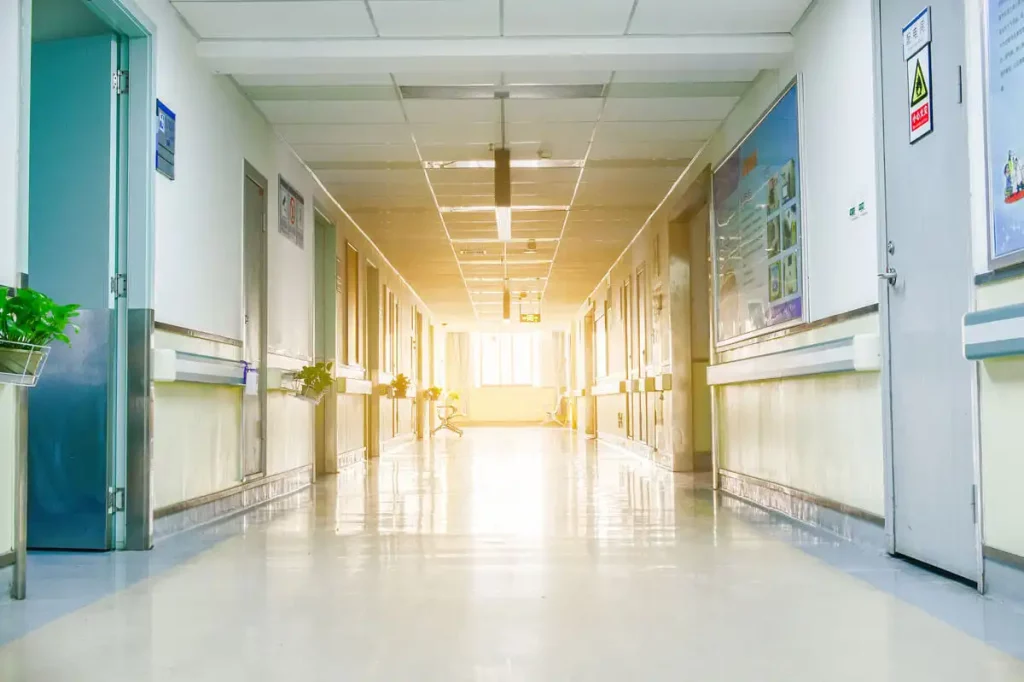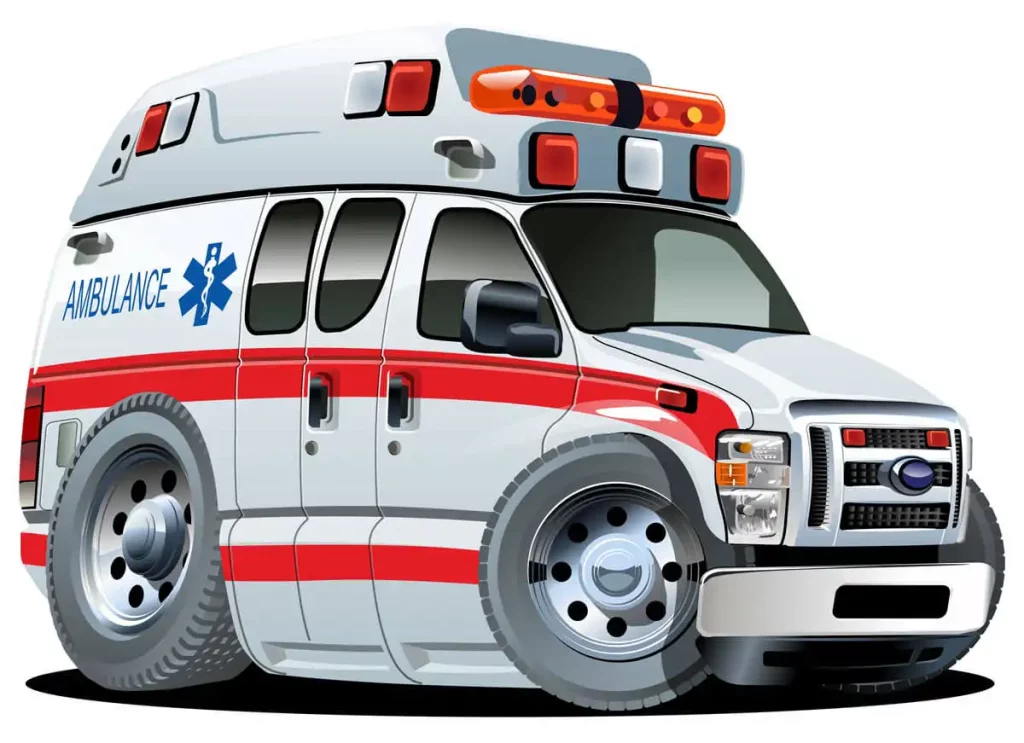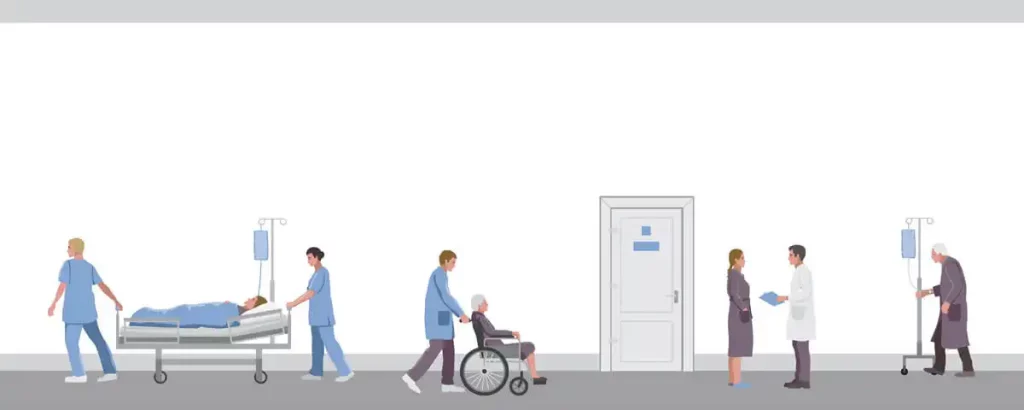Team Viz
Jul 06, 2021
5 min
How medical professionals are putting patients who’ve been thrown into a world of confusion, chaos and medical uncertainty in a pandemic…
Gladys was trying to make sense of the passing doctors, nurses and other unidentified medical type looking people with clipboards whizzing past her bed, wondering why some seemed calmer than others, why some seemed to be in a hurry, and why some didn’t seem to notice she was in her bed in a busy hallway. Gladys didn’t seem to notice she wasn’t in her bed at all.
Two hours earlier Gladys had just finished her morning coffee, had just hung up the phone after talking to her brother whom she speaks to twice a week and was busy getting ready to head out to get some groceries. She had gotten to her front door and smiled at her neighbor across the street, a neighbor whom she spent many hours chatting to on any given Sunday. Today it was just a friendly wave though as she had forgotten to grab the present she had bought for her grandson that was sitting on her bed upstairs. Just another normal day, but this day turned out to be anything but normal.
Mini hospital on wheels
Moving quite quickly to stay on her days schedule, Gladys missed a step while descending the stairs, tripped halfway down and fell the remaining few feet and ended up breaking her hip. She didn’t remember too much after that except the vision of her neighbor running towards her who had heard a noise and saw Gladys on the ground, her grandson’s present still in hand. Gladys vaguely remembers being in an ambulance speeding towards the nearest hospital after being administered medication that was making her quite drowsy. The nearest hospital for Gladys also happened to be one of the busiest hospitals in the city, and this day it was particularly busy.
Gladys had an X-Ray, which confirmed what the EMS team believed had happened. Though her hip was broken, she didn’t feel too much pain, and most things seemed quite surreal. Gladys had been given additional pain killers and was gently wheeled out to the hospital hallway which was going to be her temporary home until they could locate a room. With the hospital being extremely busy that day a room couldn’t be found, so Gladys was relegated to the safety of the hospital hallway. She lay alongside hordes of patients in beds, all positioned perfectly against walls so as not to be disturbed by people walking by.
This is the moment when things became a little less surreal for Gladys, and a little more realistic. She wasn’t feeling too much physically, but mentally she knew something was wrong. The last thing she truly remembered was grabbing her grandson’s present in her house, a blurred image of her neighbor towering over her, and some very nice men and women lifting her into some sort of vehicle that she remembers looking like a mini hospital on wheels. Now she was in a hospital hallway and wondering who all these people were around her.
She remembered one particular woman coming to check on her quite regularly, temporarily putting Mary at ease with her calm demeanor, at least for those little brief moments of time, but those moments of time were now becoming few and far between. Mary started to panic, started trying to free herself from the bed she seemed confined to, to break free of the tubes that she was attached to. She didn’t know why she was there, and she wanted to get out of this place, fast. This was the exact moment according to Gladys, as if by some divine intervention, she says a figure in a white coat approached her with a very welcoming smile on his face, and she felt safe once again.
By your side
The doctor who was walking towards her was the Medical Director of the hospital who specialized in emergency care. He took her hand, spoke with a soft warm voice, introduced himself and told her why she was there, and explained why she may be feeling certain things, physically and emotionally.
He explained that she had a broken hip, that she was in a hospital, and that everything was being done to care for her. He explained why she was in the hallway, that they were trying to find her a private room, but that in fact she might even be better off in the hallway with so many medical professionals within arm’s reach. He explained she was on pain medication, and the tubes she saw all around her were in fact helping her. He explained that they’d need to fix her up with some hardware so they could put her hip back in place. The sound of this started to make Gladys feel uneasy again, but the Doctor stayed by her side and told her not to worry.
X-rays, CTs and AI
The doctor then did something extraordinary. He pulled out his mobile phone, pulled up an image of her scan, and showed her the fracture on the screen. He pointed out where they’d be placing the pins in her hip, how they would work once in place, and how she’d be back to normal in no time. He then dialed a number on the same phone, and let Gladys speak to her brother who was already on the way to the hospital, family in tow. Now she knew what was happening, where she was, and what was going to happen next.
The doctor had shown her an app on his phone that uses artificial intelligence to detect certain disease states from CT scans, usually detecting them in minutes, and a lot of time while the patient is actually still on the CT scanner table. It alerts the entire hospital care team about detection of the issue and mobilizes them in minutes to start working on the patient’s plan for quick treatment. Gladys’ scan hadn’t picked up a life threatening disease, but the scan showed the fracture. The doctor, having heard how panicked and scared Gladys was, walked out to the hospital hallway, found her, and spent time not giving a medical assessment that would usually happen later in the natural course of care in this situation (and still would), but instead spent time with her, explaining very simply what was happening.
What seemed like seconds later, her family arrived, with grandson holding the wrapped present that the ambulance crew had taken with them as they figured she might need it when she got better. She did, and she got to see her grandson open the present in the hallway, the doctor still standing there smiling.
The little things that give you away
Some people go out of their way to help others, some go above and beyond, and some change people’s lives with the little things they do, little things that don’t usually take much but mean the world to those who need it most. That doctor is still talking to patients and putting people at ease in those hospital hallways and rooms, making more of a difference than he may ever realize. Gladys is back to normal, speaking with her brother a few times a week, chatting with her neighbor most Sundays, and taking it a little slower when coming down the stairs.


